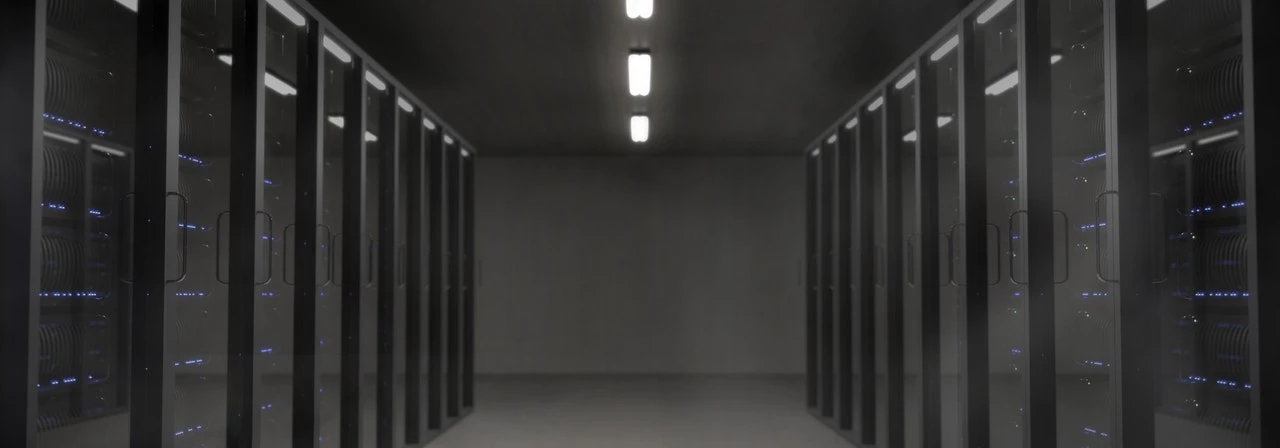
Partner Article
Data centres must be prepared to adapt their HPC offering to gain competitive advantage, says Aegis Data
New data reinforces ongoing growth in the HPC market
With both Amazon and Microsoft announcing deals that will see them build up their supercomputing capabilities, and new industry data suggesting that the High Performance Compute (HPC) market will reach approximately USD $33 Billion by 2022, the data centre community must prepare for an increasingly competitive HPC market. In this environment, the focus will shift to providing bespoke HPC capabilities which wrap around the needs of customers, and data centres must adapt accordingly, according to Greg McCulloch, CEO of Aegis Data:
“The latest deals and industry trends demonstrate that HPC is becoming widely adopted. As competition heats up and the label of HPC becomes far more common, we can expect data centre practitioners to increasingly look at how they deliver HPC as a point of differentiation. As with any competitive market space the answer often comes with what you can do differently to your rival, and because of this we’ll likely see a greater increase in both the demand and supply of bespoke HPC technologies.
“Historically, the data centre has typically been constrained to a certain model, but in order to accommodate HPC effectively, it is important to go beyond this status quo. The primary consideration for comfortably providing HPC is being able to work with its much higher processing power - the fastest HPC as of 2016 ran at 33.86 quadrillion floating-point operations per second (FLOPS). Working with this kind of performance means having the necessary power and cooling.
“Legacy infrastructure is often a severe limitation on the available cooling and powering of racks, which puts a low ceiling on the total capacity per rack – frequently as low as 4-5kW’s per rack. This means a less efficient data centre, where more space and power is required to provide a home for data and therefore results to a higher cost for the customer. In contrast, by having data halls that have been specifically engineered with High Density Racks – up to 25kW’s per rack – more power can be delivered from less space, greatly increasing the efficiency of its operations.”
McCulloch continued: “Understandably, having this advanced level of computing power concentrated into a small space does have a consequence; it produces more heat than a standard colocation service. Critically, this is where location and design play their parts.
“Data centres have historically operated in built-up urban areas of major cities, but improved latency, coupled with cheaper land prices and greater opportunities for growth, are seeing increasing numbers moving outside of this catchment area. In doing so, facilities can then benefit from Direct Fresh Air Cooling (DFAC), where by the data centre practice utilises the natural resource surrounding the data centre, air, drawing it into the data centre, filtering it for contaminants, and mixing it so that it is at the optimal temperature and humidity for operations.
“Having the above not only allows a colocation facility to cater for the majority of HPC needs, but can do so in a way which allows for organisations to flexibly scale up their usage according to their business requirements.”
This was posted in Bdaily's Members' News section by Aegis Data .
Enjoy the read? Get Bdaily delivered.
Sign up to receive our popular morning National email for free.








 Zero per cent - but maximum brand exposure
Zero per cent - but maximum brand exposure
 We don’t talk about money stress enough
We don’t talk about money stress enough
 A year of resilience, growth and collaboration
A year of resilience, growth and collaboration
 Apprenticeships: Lower standards risk safety
Apprenticeships: Lower standards risk safety
 Keeping it reel: Creating video in an authenticity era
Keeping it reel: Creating video in an authenticity era
 Budget: Creating a more vibrant market economy
Budget: Creating a more vibrant market economy
 Celebrating excellence and community support
Celebrating excellence and community support
 The value of nurturing homegrown innovation
The value of nurturing homegrown innovation
 A dynamic, fair and innovative economy
A dynamic, fair and innovative economy
 Navigating the property investment market
Navigating the property investment market
 Have stock markets peaked? Tune out the noise
Have stock markets peaked? Tune out the noise
 Will the Employment Rights Bill cost too much?
Will the Employment Rights Bill cost too much?